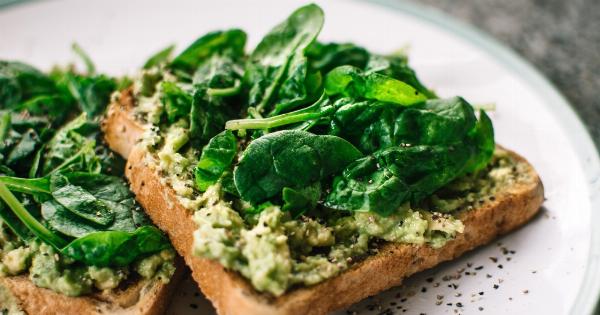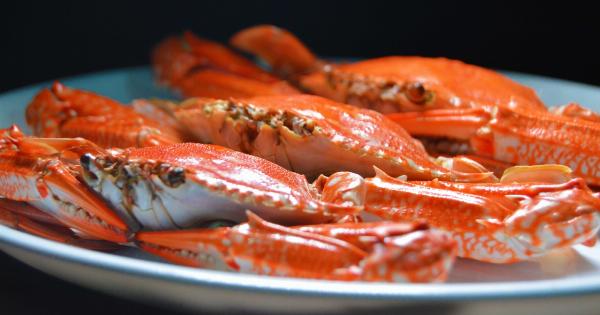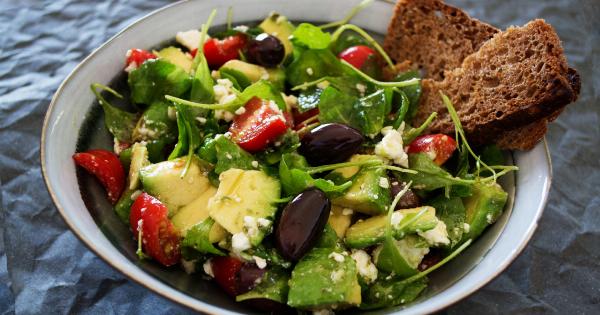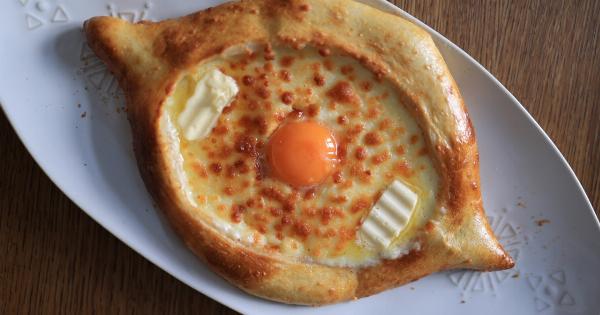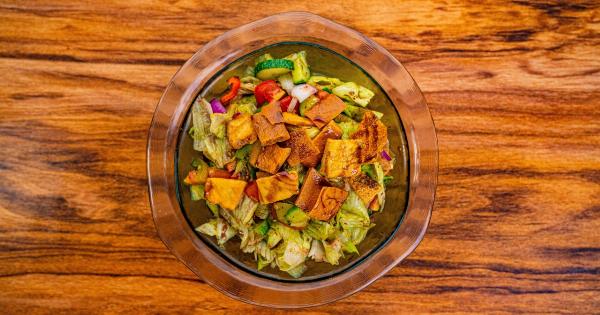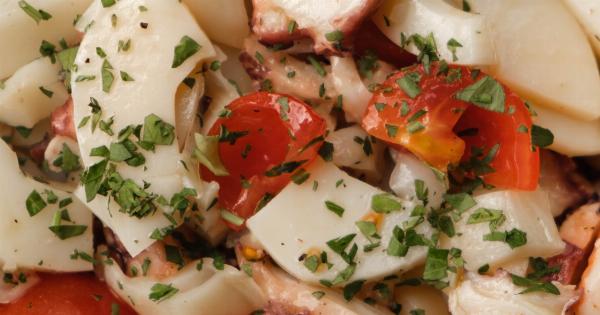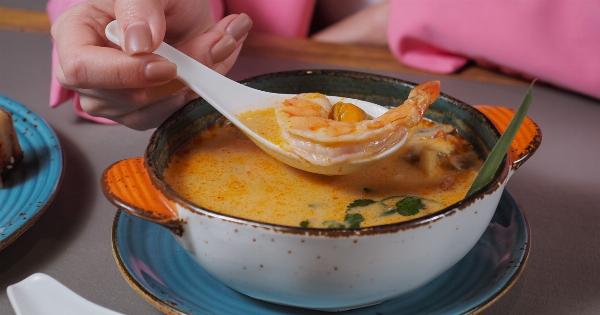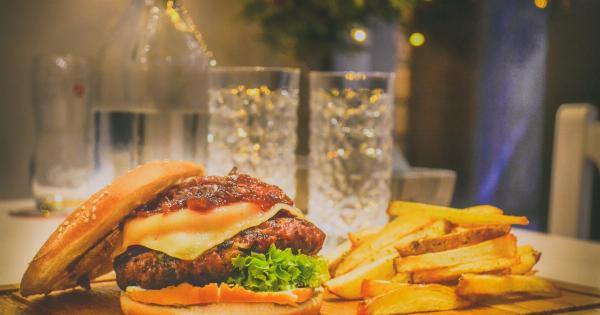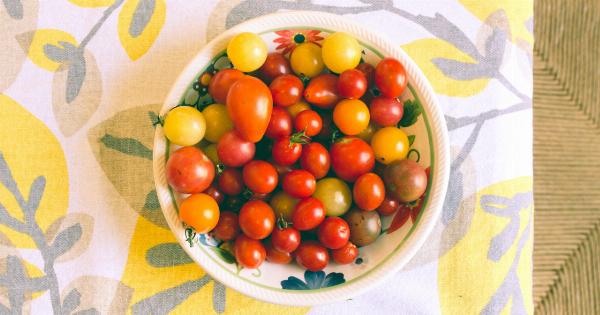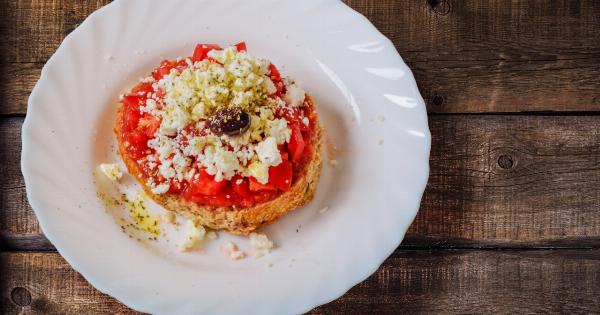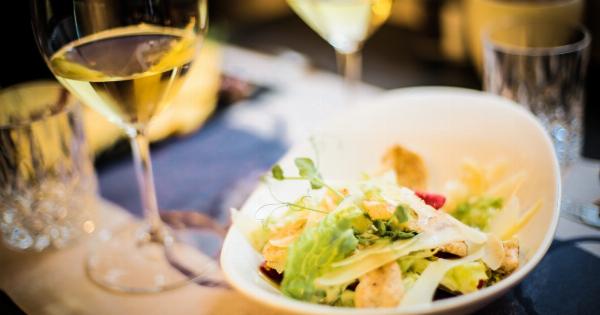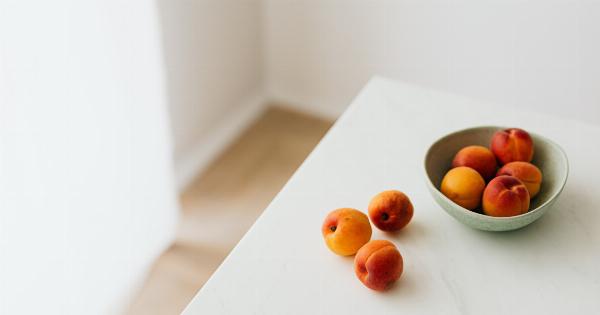Greece is known for its mouth-watering desserts that offer a unique blend of flavors. One such delicacy is Simigdalen Halvas, a traditional dessert made from semolina flour and sugar.
This dessert has been a part of Greek cuisine for centuries and is a popular choice for festivals and cultural events. Simigdalen Halvas is enjoyed for its rich texture, buttery taste, and the simplicity of ingredients. However, like all things, this dessert also has its advantages and disadvantages.
In this article, we will explore the advantages and disadvantages of Simigdalen Halvas.
Advantages of Simigdalen Halvas
1. Easy to Prepare
Simigdalen Halvas requires basic ingredients that are easily available in any kitchen. The dessert is simple to prepare, and even a beginner can make it. The basic recipe requires semolina flour, sugar, butter, water, and sometimes milk or cream.
The cooking time is less than 30 minutes, and there is no need for any special equipment.
2. Delicious Flavor
Simigdalen Halvas has a buttery and creamy texture that is hard to resist. It is a sweet dessert that is not too sugary and has a subtle taste that is pleasing to the palate.
The addition of nuts and spices like cinnamon and cloves enhances the flavor of the dessert even further.
3. Nutritious
Simigdalen Halvas contains semolina flour, which is a rich source of dietary fiber, minerals, and vitamins. It is also low in fat, which makes it a healthier dessert option than other sugary treats.
The addition of nuts like almonds and walnuts provides the dessert with protein and healthy fats.
4. Versatile
Simigdalen Halvas can be served in various ways. It can be served warm or cold, and a few spoonfuls of honey or syrup can be added for extra sweetness. The dessert can also be served with vanilla ice cream or whipped cream for a more decadent treat.
The versatility of Simigdalen Halvas makes it a perfect dessert for any occasion.
5. Affordable
The ingredients required to make Simigdalen Halvas are inexpensive and can be found in any grocery store. This dessert is a budget-friendly option that is perfect for families or individuals looking for a sweet treat that is easy on the wallet.
Disadvantages of Simigdalen Halvas
1. High in Calories
Simigdalen Halvas is a dessert that is high in calories, especially if served with honey or syrup. It contains a significant amount of sugar, carbohydrates, and fat, which can quickly add up if consumed in large amounts.
Overindulging in Simigdalen Halvas can lead to weight gain and other health problems.
2. Not Suitable for Diabetics
Simigdalen Halvas is not suitable for individuals with diabetes as it contains a high amount of sugar and carbohydrates. It can cause a spike in blood sugar levels, leading to fluctuations in insulin levels.
Diabetics should consume this dessert in moderation or avoid it altogether.
3. Not Gluten-Free
Simigdalen Halvas is made from semolina flour, which is not gluten-free. Individuals with gluten intolerance or celiac disease should avoid this dessert or look for gluten-free alternatives.
4. Time-Consuming
While Simigdalen Halvas is easy to prepare, it can be time-consuming. The dessert requires constant stirring and attention, which can make the cooking process tedious and laborious.
The dessert needs to be monitored closely to avoid burning or overcooking.
5. Limited Shelf Life
Simigdalen Halvas has a short shelf life of a few days, and it needs to be stored in the refrigerator. The dessert can dry out and become hard if left at room temperature for an extended period.
This can make it challenging to prepare in advance for an event or party.
Conclusion
Simigdalen Halvas is a traditional Greek dessert that offers a unique blend of flavors. It has its advantages and disadvantages, like all things.
While Simigdalen Halvas is easy to prepare, delicious, nutritious, versatile, and affordable, it is high in calories, not suitable for diabetics, not gluten-free, time-consuming, and has a short shelf life. We hope this article has given you valuable insights into the advantages and disadvantages of Simigdalen Halvas.


